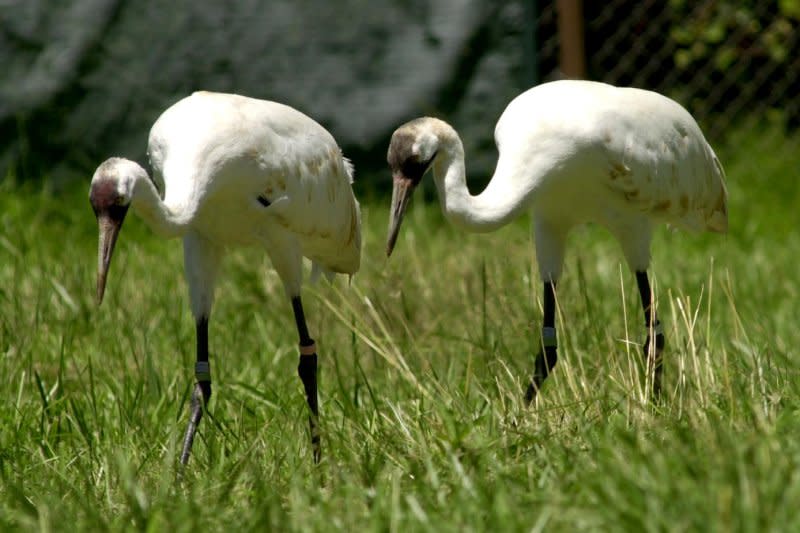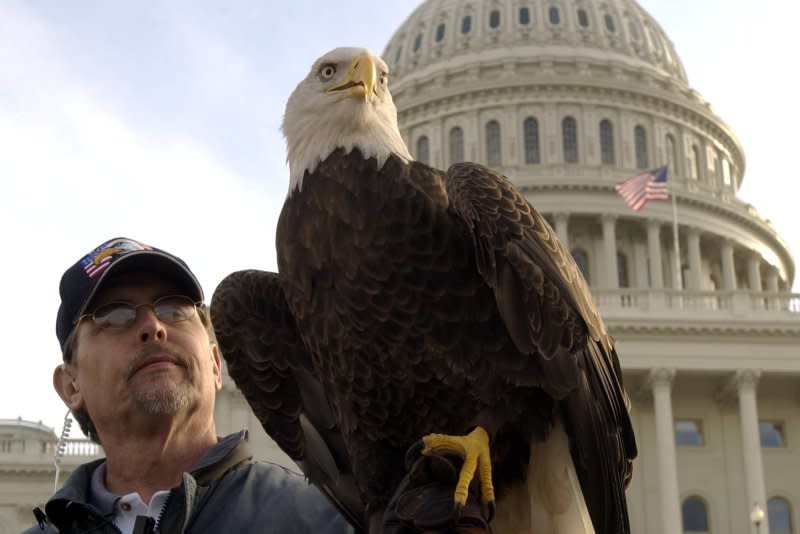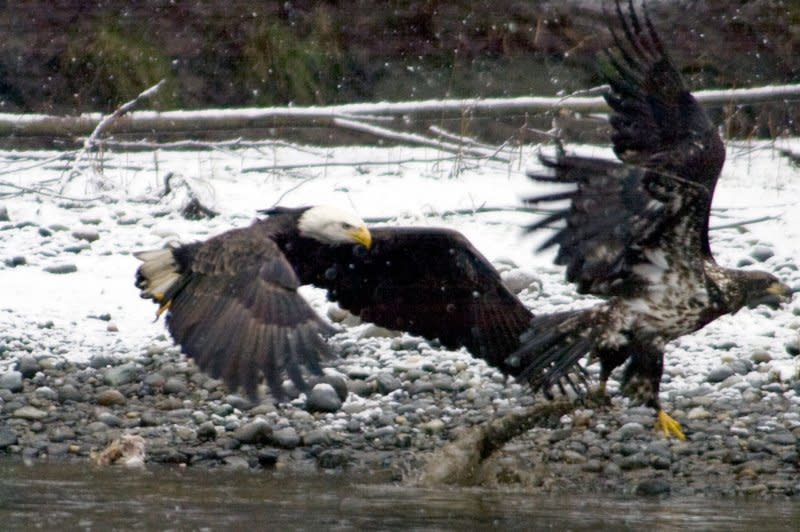January 26 (UPI) — The Endangered Species Act enters its 51st year with many accomplishments; saving the whooping crane, the bald eagle, and the gray wolf from extinction, to name a few. But advocates say that next chapter is threatened by a lack of funding and declining biodiversity amid the climate crisis.
Conflicting interests in energy production and land-requiring national security projects are increasing budget constraints that could hinder protection of dwindling species under the law enacted in 1973.
“The Endangered Species Act plays a vital role in protecting biodiversity, which is vital to ecosystem dependency and human health and well-being,” the World Wildlife Fund said in a statement celebrating the act’s 50th anniversary on December 27. said.
“The ESA is increasingly important as changing climates in the context of climate change place additional stress on wildlife that are already threatened and at risk of extinction,” WWF said, noting that approximately 40% of species in the United States are at risk of extinction. he added.
Robert Dewey, vice president of government relations for Defenders of Wildlife, told UPI that one in four species listed as endangered lack recovery plans to help them survive and reach sustainable populations.


Dewey said 300 or more species should be listed as threatened or endangered, but not because of a lack of funding to better assess their populations and threats to their sustainability such as construction projects.
funding gap


President Joe Biden’s 2024 budget request includes $4.2 billion for the U.S. Fish and Wildlife Service, which, along with the National Marine Fisheries Service, is responsible for enforcing the Endangered Species Act. The current appropriation is $2.2 billion.
Dewey said 25% to 40% of the funding needed for ESA efforts has been allocated.


“10,000 projects are reviewed each year,” Dewey said, “but more funding is needed to review projects faster.”
In most cases, efforts under the law to protect a threatened or endangered species will not stop the project; it just requires modification. But without full funding, reviews are delayed or not carried out at all in order to advance projects that are often related to national security, infrastructure or energy production.
For example, 85% of U.S. Army installations contain threatened or endangered species.
“Projects may need changes, but they need to be reviewed to ensure the safety of endangered species,” Dewey said.
All federal agencies are responsible for helping endangered and threatened species recover. They can take direct action to restore local habitats and enforce laws against poachers or violating development projects.
99% success rate
The ESA lists 1,662 protected species; 388 are threatened species and 1,274 are endangered species. A threatened species is one that wildlife experts say is likely to become extinct; An endangered species is a species that is in real danger of extinction.
WWF describes the ESA as an important innovation in the field of conservation.
“The Endangered Species Act has prevented 99% of listed species from extinction and served as a global model for responsible wildlife conservation,” the group said.
Species that became extinct before the ESA’s passage in 1973 included the passenger pigeon, which once flew in flocks numbering in the millions. The bird is no longer extinct, mostly due to habitat loss and overhunting.
Whooping cranes once thrived, reaching about 1,500 in numbers in the mid-1800s, but nearly went extinct about 100 years later. The tallest bird in North America, it can reach a height of 1.5 meters and a wingspan of up to 8 meters.
The majestic whooping crane migrates from Canada, where it lives in the summer, to the Gulf Coast and northern Mexico in the winter. It was nearly extinct, with only 16 reported in 1941. Its population has since increased to over 500 and is considered stable.
ESA protections have helped reestablish stable bald eagle and peregrine falcon populations in the United States. The peregrine falcon is the fastest animal in the world, with a maximum diving speed of 240 miles per hour. The synthetic pesticide DDT nearly wiped out the peregrine falcon and many other egg-laying species, but it has recovered and is no longer on the endangered list.
The formerly endangered gray wolf has begun to roam again in many of its former territories, including Yellowstone National Park. Former Interior Secretary Bruce Babbitt said his work to strengthen the ESA and return wolves to some natural habitats were among his proudest accomplishments.
“Resuscitating the Endangered Species Act, returning wolves to Yellowstone [and] The revival of salmon in rivers in the Pacific Northwest — I’d say that’s at its peak,” Babbitt told NPR in 2001, describing her proudest accomplishments as she left the department.
Although ESA has many success stories, the fundamental threat to most native species remains the same: habitat loss. Invasive species, including zebra mussels, Asian carp, and many plant species, pose an old and persistent threat.
Meanwhile, new threats also emerge. These include PFAS, more commonly called “forever chemicals,” which can affect eggs, cause immune problems, and create skin lesions that become infected.
“It has the potential to reach anywhere from the deepest parts of the ocean to the top of Mount Everest,” Nathan Donley, director of environmental health science at the Center for Biological Diversity, told UPI.